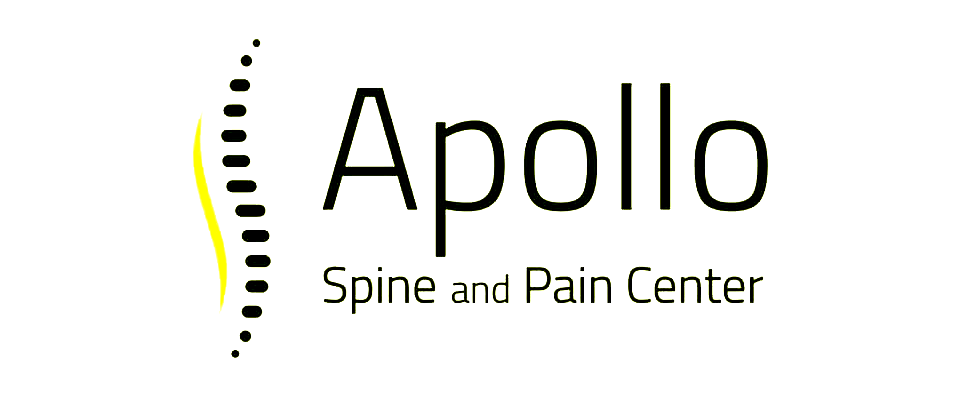Regenerative Medicine for Pain Management Solutions
In the realm of pain management, regenerative medicine is emerging as an innovative, groundbreaking approach to pain relief with far-reaching implications for recovery and healing in many chronic pain sufferers. Apollo Spine and Pain Center, an acclaimed pain management provider in Southern California, is dedicated to incorporating cutting-edge regenerative medicine techniques into its extensive treatment offerings, providing patients with a diverse array of solutions for managing chronic pain conditions such as joint pain, muscle injuries, and degenerative disc disease.
Regenerative medicine focuses on harnessing the body's innate ability to repair and regenerate damaged tissues and structures. This field encompasses treatments like platelet-rich plasma (PRP) therapy, stem cell therapy, and prolotherapy, which aim to stimulate and accelerate the healing and recovery process. As such, regenerative medicine is poised to revolutionize chronic pain management, offering patients more natural, non-surgical options for addressing the root causes of their pain rather than merely masking the symptoms with medication.
In this article, we will explore the fundamentals of regenerative medicine, delving into the various treatment options and examining their potential benefits, risks, and limitations. Furthermore, we will discuss the importance of consulting with knowledgeable pain management specialists, such as those at Apollo Pain and Spine Center, to assess your suitability for regenerative medicine treatments and design a customized treatment plan. By embracing the potential of regenerative medicine, chronic pain sufferers can tap into the healing power of their own bodies, achieving meaningful pain relief and an improved quality of life.
Understanding Regenerative Medicine and Its Various Treatment Options
Regenerative medicine leverages the innate healing powers of the human body to promote tissue regeneration, repair, and recovery. By deploying targeted treatments that stimulate the body's natural regenerative processes, patients can experience enhanced relief from their chronic pain conditions. The major regenerative medicine treatments currently utilized in pain management are:
1. Platelet-rich plasma (PRP) therapy: This treatment involves extracting platelets from a patient's blood and injecting a concentrated dose directly into the site of the injury or pain. Platelets release growth factors that stimulate healing and reduce inflammation, offering relief from chronic pain and accelerating the healing process.
2. Stem cell therapy: Stem cells possess the unique ability to differentiate into various specialized cell types, making them invaluable in repairing damaged tissues. In this treatment, stem cells are harvested from the patient's body and then injected directly into the affected area, stimulating tissue regeneration and promoting pain relief.
3. Prolotherapy: This approach comprises of injecting a solution of dextrose, saline, and local anesthetic into the affected area. Prolotherapy is believed to stimulate a mild inflammatory response, which, in turn, could trigger the body's healing process and promote tissue tightening and repair.
The Promise and Potential Benefits of Regenerative Medicine
Regenerative medicine holds significant promise in the field of pain management, providing patients with a more natural, non-surgical approach to addressing the root causes of their chronic pain. Here are some potential benefits associated with regenerative medicine treatments:
1. Targeted healing and repair: By directly delivering regenerative factors to the source of pain, patients can experience enhanced tissue repair, promoting pain relief and hastened recovery.
2. Minimally invasive treatments: Regenerative medicine therapies are far less invasive than surgery, rendering these treatments more appealing to patients seeking less invasive, non-surgical pain management options.
3. Reduced reliance on medications: By addressing the underlying cause of pain, regenerative medicine treatments may enable patients to reduce their dependence on pain medications, minimizing potential side effects and long-term risks associated with drug use.
4. Adaptability across conditions: Regenerative medicine holds significant potential for treating various chronic pain conditions, including osteoarthritis, tendonitis, ligament injuries, and degenerative disc disease.
Considerations: Risks and Limitations of Regenerative Medicine Treatments
Although regenerative medicine poses a plethora of benefits, it is vital to take into account the potential risks and limitations associated with these treatments. Some possible factors to consider include:
1. Variant effectiveness: While regenerative medicine treatments have demonstrated positive results in numerous cases, individual responses may vary, and some patients may not experience the desired outcomes.
2. Procedural risks: As with any medical procedure, there are inherent risks related to infection, bleeding, and nerve damage. However, the risks associated with regenerative medicine treatments are generally lower than those of surgical interventions.
3. Limited research and regulation: The field of regenerative medicine is relatively new, and more research is needed to fully understand the long-term efficacy and safety of these treatments. Additionally, oversight and regulation of stem cell therapies remain inconsistent, warranting cautious consideration and consultation with experienced physicians.
Consulting with Skilled Professionals for Personalized Treatment Plans
Determining whether regenerative medicine therapies are the right fit for your pain management needs involves an in-depth consultation with knowledgeable healthcare professionals. Here's what to expect when engaging with a regenerative medicine specialist:
1. Comprehensive assessment: A detailed evaluation of your medical history, symptoms, and prior treatment outcomes will gauge your suitability for regenerative medicine interventions and ensure optimal treatment planning.
2. Candidacy evaluation: The physician will assess your candidacy for various regenerative medicine treatments, considering factors such as your chronic pain condition, severity, and overall health.
3. Personalized treatment plan: Your healthcare provider will collaborate with you to devise a tailored treatment roadmap that aligns with your individual goals, preferences, and recovery expectations.
Conclusion
Regenerative medicine is an exciting, evolving field with vast potential for revolutionizing
pain management and promoting accelerated healing and recovery. By harnessing the body's intrinsic regenerative powers, patients can experience relief from chronic pain while minimizing reliance on surgical interventions and medications. Through consultation, collaboration, and the personalized care of the specialists at Apollo Spine and Pain Center, chronic pain sufferers can seize the opportunities provided by regenerative medicine treatments and usher in a brighter, pain-free future.












